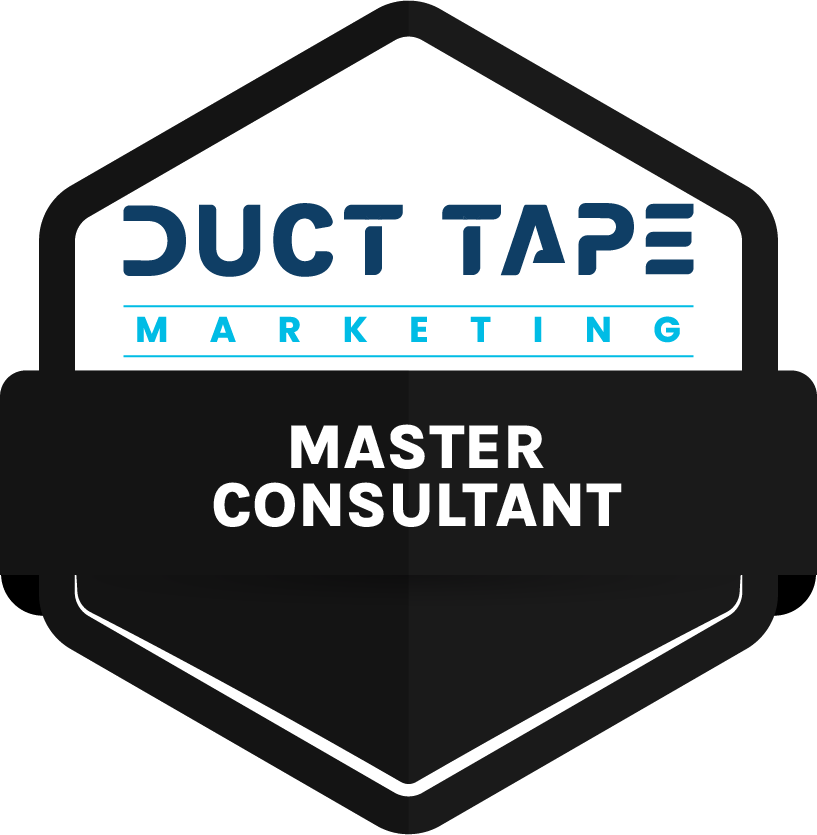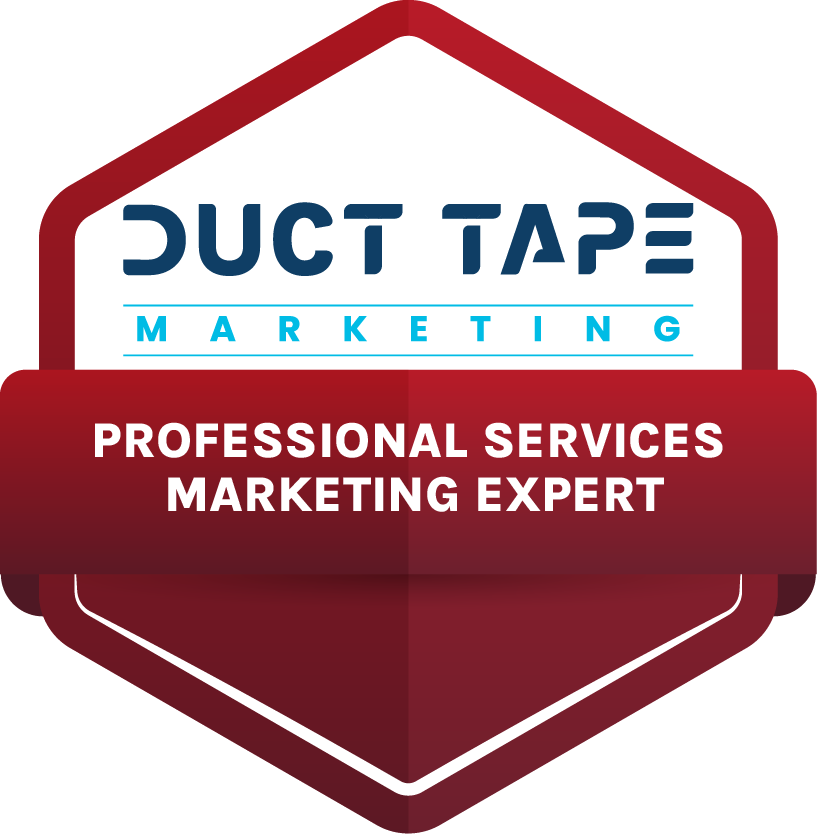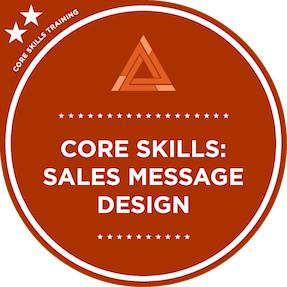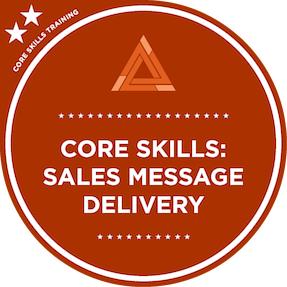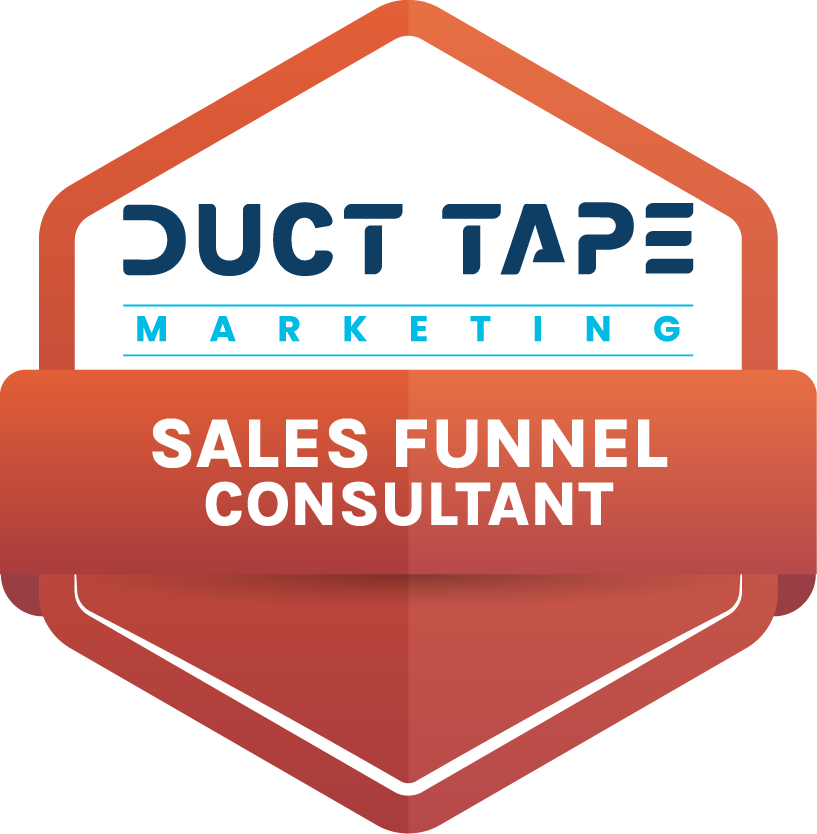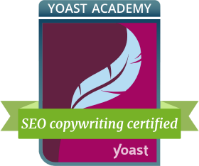by Loraine Kasprzak, MBA
Your stomach is clenched in fear, and you’ve broken out in a cold sweat. Are you sitting in the dentist’s chair, awaiting a root canal? No, you’re about to give your elevator speech and haven’t a clue what to say.

Any time you’re at a networking event, conference or business seminar, you need to have a clear and simple answer to the question, “So what do you do?” This is often called your elevator speech, based on the idea that if you enter an elevator and another passenger asks what you do, you have a limited time to tell them before they get off at their floor.
Many people don’t give this type of communication the thought it deserves. They begin rambling about the products and services their company offers, never really noticing that their audience’s eyes are glazing over at what sounds like another canned sales pitch.
An effective elevator pitch tells what you do, establishes your credibility and professionalism, but, most importantly, it tells what problems you solve for your clients. And it does not get long winded.
Here’s an example of a clear and simple elevator speech: “My name is Jane Smith and I own ABC Gifts. We work with corporate clients who need unique, customized gifts delivered within 24 hours of placing an order.”
Using such a short speech makes it easy for Jane’s audience to stay focused. It clearly states the solutions or benefits ABC Gifts provides, and for whom. You can bet that if there were corporate administrative assistants in the audience who needed gifts for their VPs’ picky clients, and needed them fast, they would ask Jane for her card.
Here are some other ideas for using an elevator speech effectively:
- Practice beforehand. You want to come across smoothly, like you really know your stuff, so write down your elevator speech before your next business event, and practice it in front of a mirror. I’ve seen people at events using a note card to remind them to use key phrases, but I think it looks better if you are already comfortable with what you are saying.
- Be prepared with follow-up. If you have created an effective elevator speech, then you need to be prepared to respond to, “Oh really? Tell me more.” Be prepared with a few follow-up sentences to share with the prospect that are proof of the benefits you’ve stated. In Jane’s case, she might briefly talk about the last client she worked for, and how she was able to get the gifts they needed quickly.
- Plan to reel in the fish. Think about what you want that prospect to do after you chat and exchange business cards. Do you want to them to visit your website? Agree to a follow-up phone call so you can learn more about their needs? If the prospect is interested, make sure you get to the next step before you part.
What are some of the best and worst elevator speeches you’ve heard? Tell us in the Comments section, below.
Ms. Kasprzak, is the Managing Director and Founder of Advantage Marketing & Associates. Loraine can be reached at LKasprzak@advantage-marketing.com. Follow her on Twitter.
Photo attribution: Cambodia4kidsorg on Flickr.com

